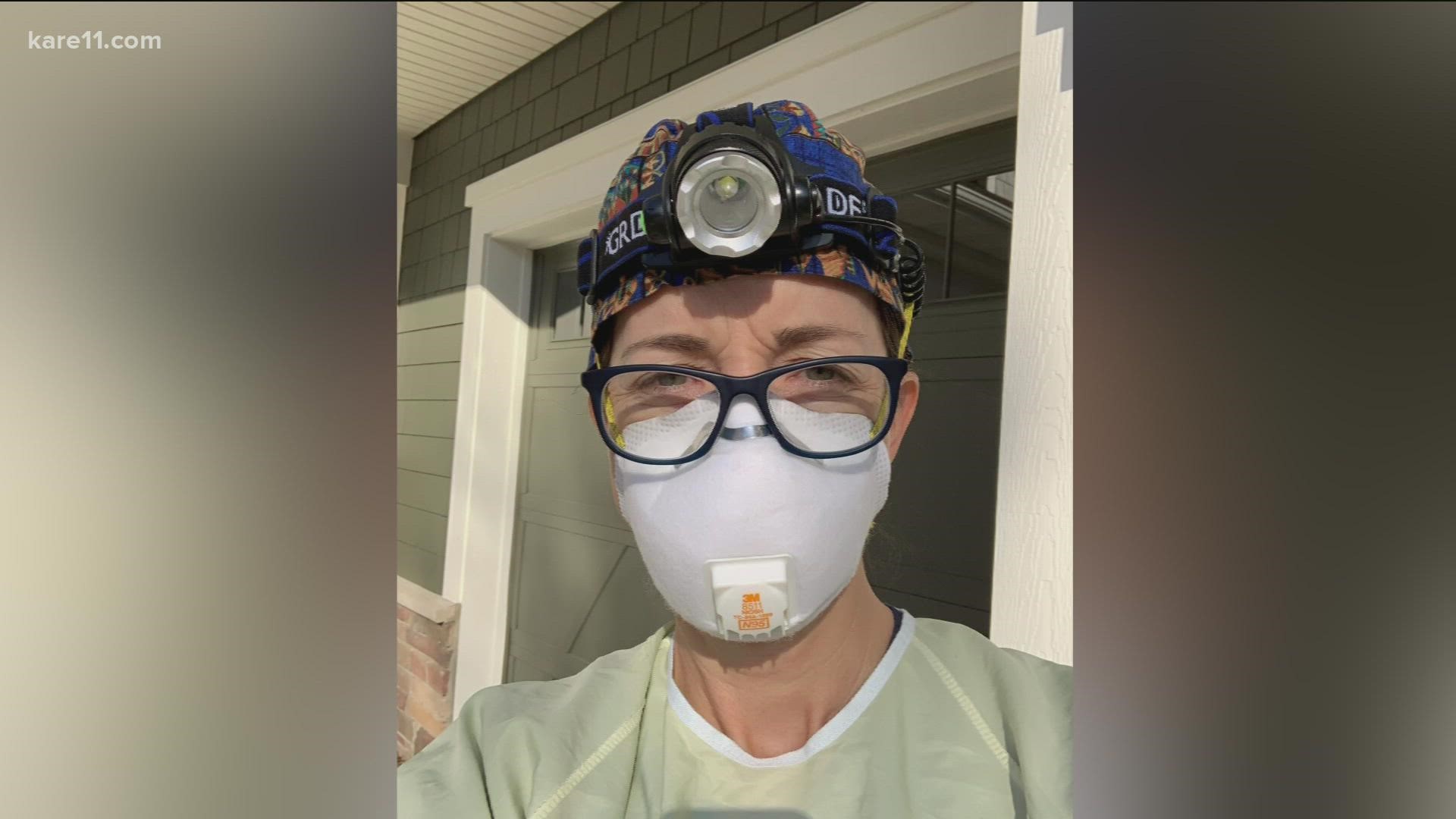MINNEAPOLIS — We all know COVID-19 has hit several industries very hard, and a new University of Minnesota study found the field of medicine is one of them.
So much so that some doctors are up and quitting — even starting new careers.
In fact, the study found doctors are leaving the profession at four times the rate compared to years before the pandemic. That includes Dr. Heather Awad, who now works from her home in Shoreview.
"You keep going, but you start thinking this has been a lot," said Awad. "I left it because I started to think about what else could there be. You know, after spending a year being afraid for my life."
Awad was a long-time family physician who just quit her job in June. The stress of COVID was taking too much of a toll on her mental health.
A life coach helped her take back the control.
"It just gave me the confidence to think I can do this, I can learn new things, I can do hard things," she said.
She just launched her own online health coaching business this week, along with a podcast.
"Now I consider myself a digital CEO," said Awad. "I've done Facebook lives, which of course I never would have done before."
The new study was published in the Journal of the American Medical Association (JAMA) from the University of Minnesota School of Public Health (SPH) and Harvard Medical School. It provides the first nationwide evidence on how COVID impacted the physician workforce.
Back in February, it looked at nearly 600,000 physicians across the country who treat Medicare patients. In April of 2020, it found 7 percent of doctors stopped treating patients.
"Which makes a lot of sense because that's when you saw stay-at-home orders and restrictions on elective health care procedures go into effect," said the study's lead author and SPH assistant professor Hannah Neprash.
The problem is 1 percent of those doctors never came back at all. Professor Neprash says that's some 6,000 doctors.
"One percent of doctors means that a bunch of patients lost their physician/patient relationship and that's a big deal," said Neprash. She worries patients may then be more likely to go to the emergency room or get costly, specialized care.
The research also leads Neprash to believe the pandemic led to an unusually high number of retirements. And that female physicians stopped practicing more than men.
But they were more likely to come back to work.
Neprash says further study will be crucial to understanding the long-term effects on doctors and their patients.

